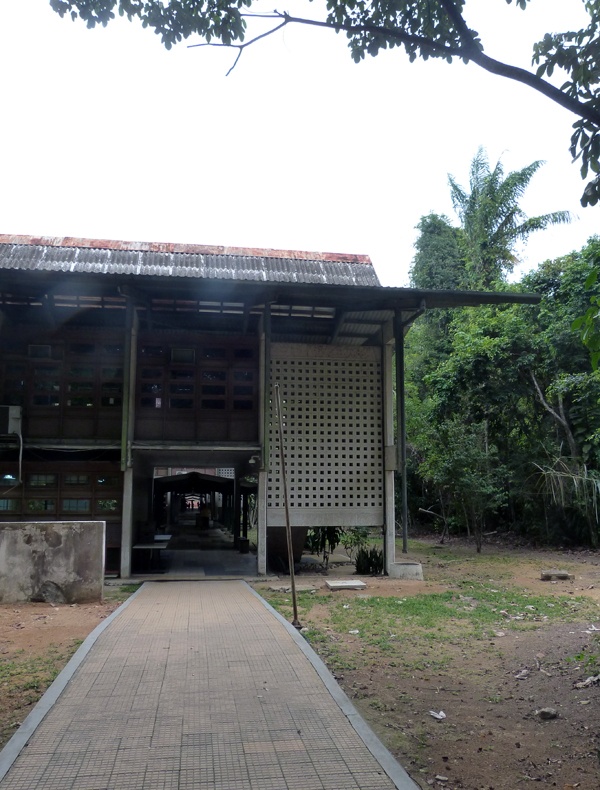
Uploaded on 2014-10-24 by CarolPeace
For this task I’ve chosen my university buildings. As I have written here before, I live in Manaus, Amazonas, Brazil. I study Architecture and Urbanism at **Universidade Federal do Amazonas** (AKA **UFAM**) that is a public university from my city. ![UFAM][1] The architecture design for UFAM was thought and made by Severiano Mário Vieira de Magalhões Porto the architect that first reflected about an Amazon Architecture: the "**Brutalismo Amazônico**" (*Amazon's Brutalism*) was the first attempt to initiate the modernization process in architecture of Amazonas, conceiving it as a social expression based upon the location characteristics, adapting technique and formalism to the Amazon region. The search for the contemporary in Amazonas was reflected in projects that ranged between the rationalist ideas from “Rio de Janeiro’s modernism” and “*Sao Paolo’s brutalism*”, providing a regionalism feature to the architecture. The desire for absolute asceticism and the refusal of any characteristics from the ‘*Paulista Architecture School*’ productions, made the modern architecture in Amazonas turn into large and somewhat very public displays of how powerful was the concrete and steel language on buildings (*formalism architecture language*). ![UFAM][2] The construction shows the technical features of the constructions that look for simplification and economy, so common to the ‘*brutalist*’ productions made on the 1960s. UFAM buildings show this globalized aspect of architecture. Even if the buildings are inserted into the forest and the projects windows are made of local wood (*extracted from the site where UFAM was built*), the concrete and steel used to built the edifice are not from anywhere near Manaus; the production contains **components of a globalized economy** and *even if the architect claims that the language applied to it is very singular and regional, it still could be built anywhere on the planet*. ![UFAM][3] The only thing that makes UFAM truly unique is **how it dialogues with the forest**, blending with it and letting it freely grow on all empty spaces; and that's a good way to use sustainability as a fair trade on how you build new architecture with zero negative impacts to the Amazon rain forest. ![UFAM][4] [1]: https://dl.dropboxusercontent.com/u/54631270/coisas/P1160720.jpg [2]: https://dl.dropboxusercontent.com/u/54631270/coisas/P1160722.jpg [3]: https://dl.dropboxusercontent.com/u/54631270/coisas/P1160728.jpg [4]: https://dl.dropboxusercontent.com/u/54631270/coisas/P1160718.jpg